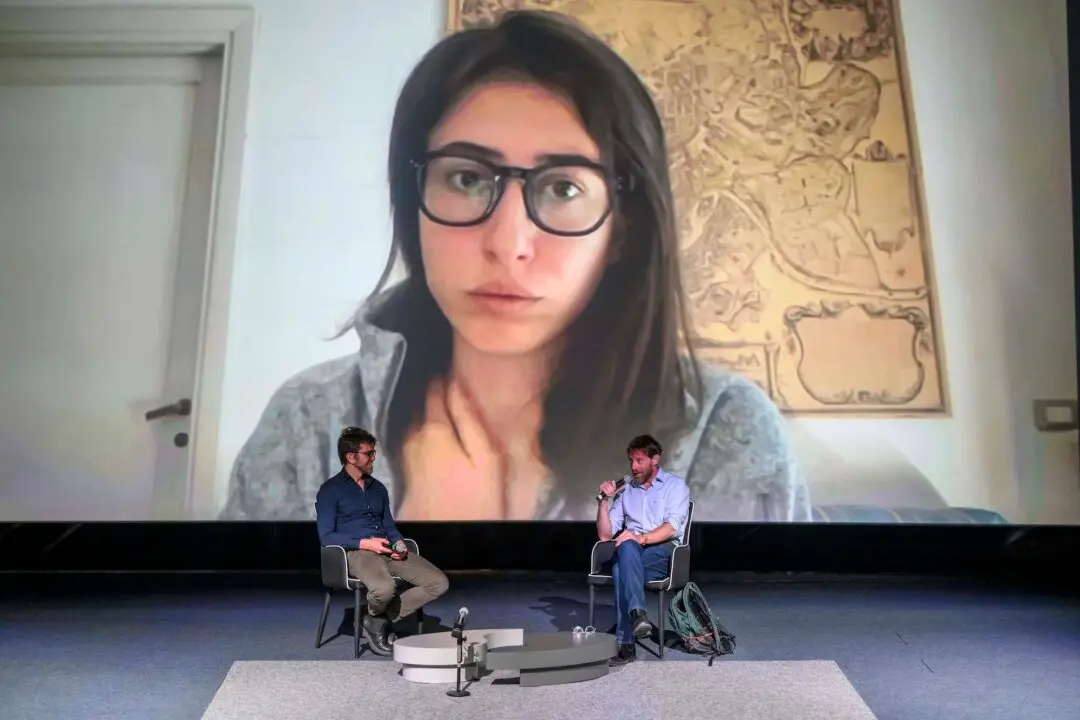Researchers from Monash University in Melbourne are preparing for human clinical trials of a cortical vision device that could one day help restore vision.
The system requires a wearable camera to send a signal to a vision processing device that extracts the most useful information and then transmits it wirelessly to the 9x9mm implant. The implant then converts the data into electric impulses, which will stimulate the brain via hair-thin microelectrodes.






